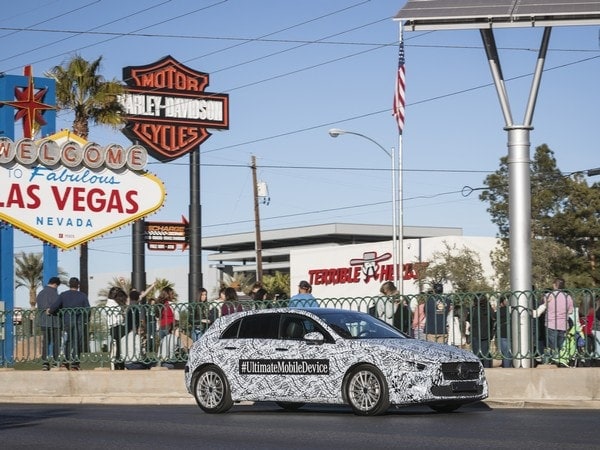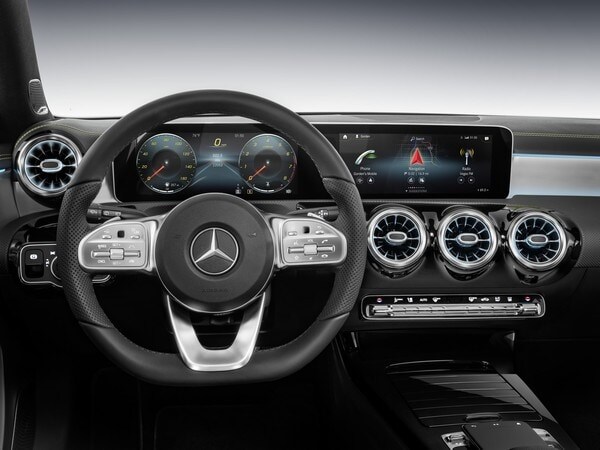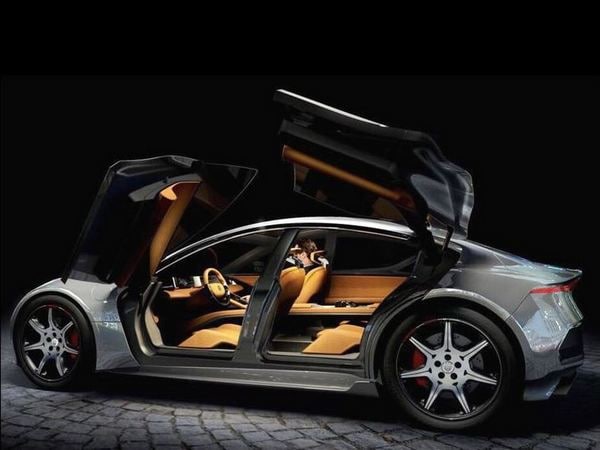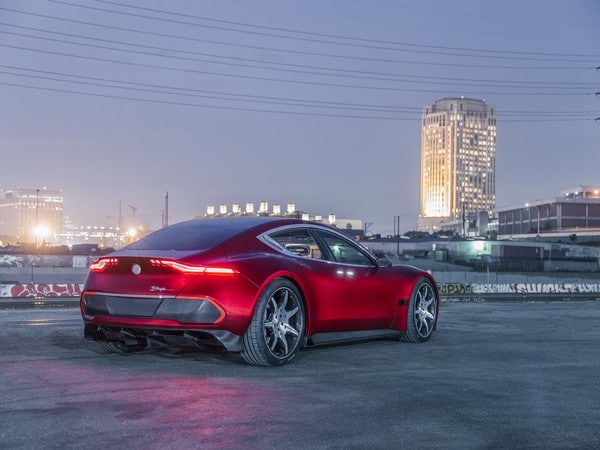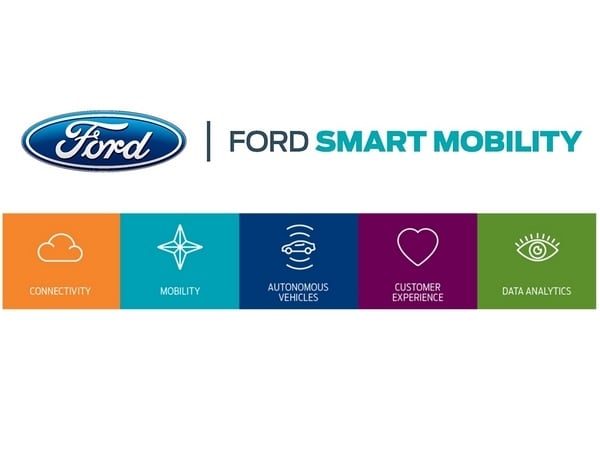With the notable exception of the Chevy Bolt, which GM CEO Mary Barra launched in Las Vegas in 2016, the car industry doesn’t really show off production-ready vehicles at Consumer Electronics Show in Las Vegas. Those reveals are generally reserved for the Detroit Auto Show, which follows the tech show in January as well as a half-dozen other major car shows scattered around the calendar and the globe.
For the auto industry, the Consumer Electronics Show is more of a trade show about the future. Instead, it’s a glimpse of what’s to come — whether it’s wild concepts like the Fisker eMotion, cars that can read your mind, next-generation infotainment systems, or suppliers desperate to become a household name (or to score an important partnership).
CES, then, is where to come if you want to see the tech that’ll be in dealerships in one, five, or 15 years — or to see a vision of a smarter, more autonomous future. Here are some of the most interesting things Kelley Blue Book saw at CES.
Mercedes MBUX
If for no other reason than this is actually coming to cars this year, the Mercedes-Benz User Experience was perhaps the most important announcement at the show. The MBUX launches later this year on the Mercedes A-Class and will eventually come to all the cars in the company’s lineup.
It combines two enormous screens with a slick Alexa-esque voice control interface and a touchscreen to create the best control scheme of any vehicle we’ve seen. It’s colorful, responsive, and easy-to-use, and it sets a new benchmark for the car industry. Once MBUX rolls out, it’ll be on Merc’s competition to raise their game or be stuck explaining to their customers why it’s so difficult to use voice control to get directions to Grandma’s house.
Nissan Brain-to-Vehicle Tech
Nissan showed off brain-to-vehicle technology that could eventually be used in autonomous vehicles to enhance driving pleasure. The system will be able to tell what drivers are thinking, and driver assist systems will (theoretically) be able to help drivers be more effective.
It’s years away from reality (and who knows if it will ever exist), but Nissan is planning ahead so it can sell the first “vehicle ready for enhanced brain connectivity.” That all sounds a little crazy, but it’s nice that a carmaker is remembering that most autonomous cars will still have people inside, even if the car will be spending its time trying to read our minds.
Ford Smart Cities Vision
Ford, the company best known for selling nearly a million F–150 pickups every year, spent its time at CES talking about its vision for smarter cities. It seems Ford’s favorite word these days is “mobility.” It’s second only to “Built Ford Tough” in the Ford vernacular, and I’m not entirely convinced that it means much more than “how people who don’t buy Ford trucks will get around in 15 years.”
Nevertheless, Ford is looking forward to that day, and set up a virtual city at its enormous booth at the Las Vegas Convention Center and suggested Ford be an essential part of a new platform of services that combine roads and sidewalks, traffic lights, commercial and individual vehicles, transportation and ride-sharing services, pizza delivery, and more could all be tied together into one glorious “smarter city.”
It’s ambitious and impressive, and I’m not entirely sure where they’re going with all this. To be sure, a smarter city with interconnected parts would be grand—but this is a long way from reality and there are a lot of moving parts. And I didn’t hear too much detail from Ford execs about how its new “Transportation Mobility Cloud” (an open, cloud-based platform for mobility services) will make them money or how it’ll work.
But that doesn’t really matter. All that matters is that Ford, to its credit, is trying to plan for a smarter, autonomous future. I joke a lot about Ford’s focus on mobility, but the only way we’ll ever get to the future that Ford is thinking about is to have companies with smart employees thinking about that future. Why not?
The supplier scene
Finally, the automotive halls at CES are absolutely filled with automotive suppliers, both huge outfits like mapping supplier HERE (which launched its own Mobility division to compete with Ford and others) and Bosch, as well as a litany of autonomous-focused startups that all claim to have the latest and greatest technology that will power the future of getting around.
For those of us who aren’t specialists in how lidar sensors work, it’s tricky to separate the wannabes from the real innovators. However, we heard from a senior autonomous engineer at a major OEM that Innoviz might be the real deal. The Israeli startup’s main product is a solid-state laser that fits into the front of a car, near where the radar and other sensors are located. Because it doesn’t require a big spinning thing on the roof like some other lidar systems, you can actually envision buying a car with this company’s sensors on board.
There aren’t any production cars with lidar sensors on-board today, but just give it a few years. This technology is moving exceptionally quickly, and lidar systems will be in cars within two or three years. Of course, most car buyers won’t know who is making the sensors in their car any more than they know who is making those systems today.
But those are the companies display their wares at CES today, trying to make deals or impress the engineers at big carmakers. And that’s what CES is really all about. Though there are journalists crawling everywhere, the Consumer Electronics Show is all about striking deals to make this advanced technology usable by consumers. You’ll just have to wait a few years to see it in action.

